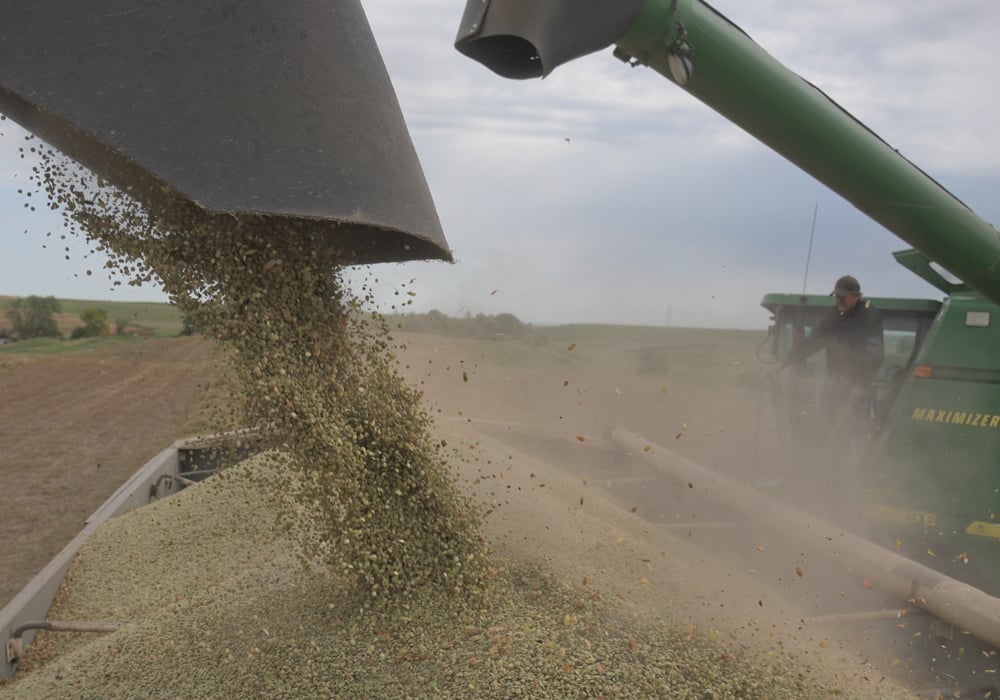Winnipeg, (MarketsFarm) – Canadian pea and lentil production failed to live up to earlier projections, according to the latest survey data from Statistics Canada. While both crops are still forecast to be above their year-ago levels, the tightening supply expectations should underpin prices.
Canada’s 2019/20 lentil crop was pegged at 2.17 million tonnes in the government agency’s Dec. 6 report. That was down by about 400,000 tonnes from the September estimate but would be in line with the 2.09 million tonnes grown the previous year.
Read Also

Stacking Canada up on gene editing livestock
Canada may want to gauge how Argentina and other countries have approached gene editing in livestock and what that has meant for local innovation.
Using Agriculture and Agri-Food Canada’s current usage estimates, if exports and domestic demand retain their current pace the stocks-to-use ratio for the commodity would tighten to only nine per cent. That would mark the tightest level since 2015/16 – a year when average lentil prices were more than double current levels.
Pea production in the country, at 4.237 million tonnes, was also down by about 400,000 from the September estimate – but above the 3.581 million grown the previous year. The country’s stocks-to-use ratio for peas could decline to only four per cent if the demand projections hold up, which would also mark the tightest balance sheet for the crop since 2015/16.
Chickpea and edible bean production estimates were also revised lower by Statistics Canada. Chickpeas, now forecast at 251,500 tonnes, were only down by about 10,000 tonnes from an earlier estimate, but would be down by 60,000 tonnes on the year. With reports of quality downgrades to this year’s crop, industry participants anticipate firmer prices.
Edible beans were estimated at 316,800 tonnes by Statistics Canada, which would be down by 40,000 from the earlier estimate. Edible beans likely faced the worst harvest conditions in Manitoba, and the smaller production coupled with relatively-steady demand projections should see the stocks-to-use ratio end up well below the rather high 37 percent currently forecast by Agriculture Canada.















